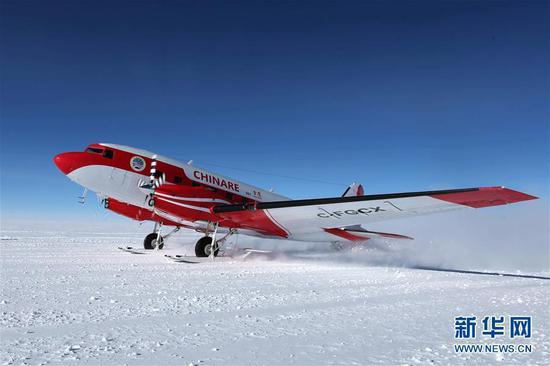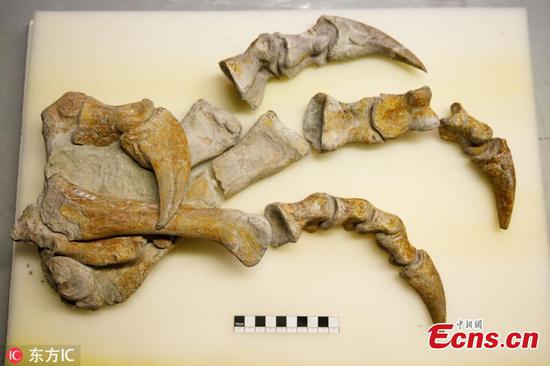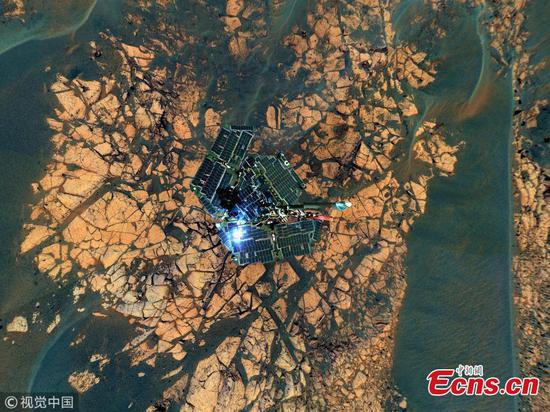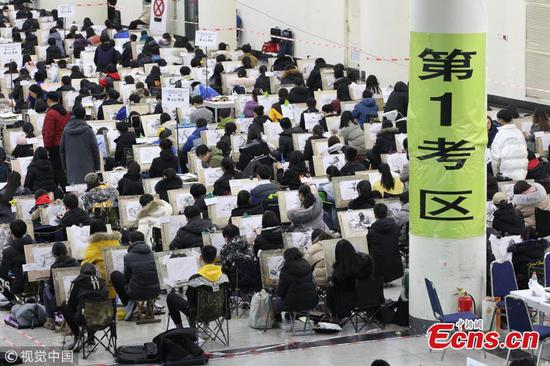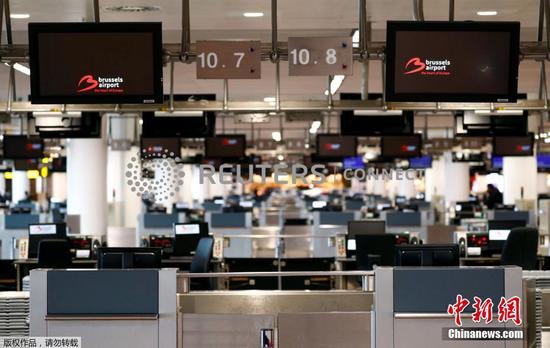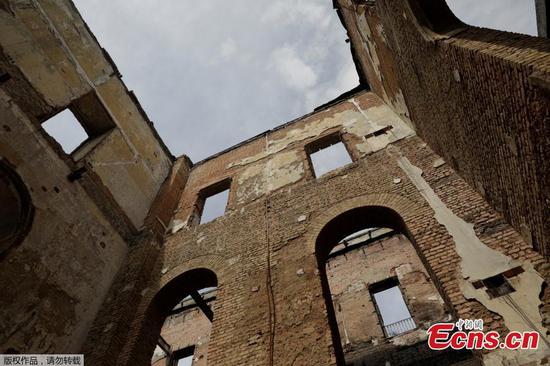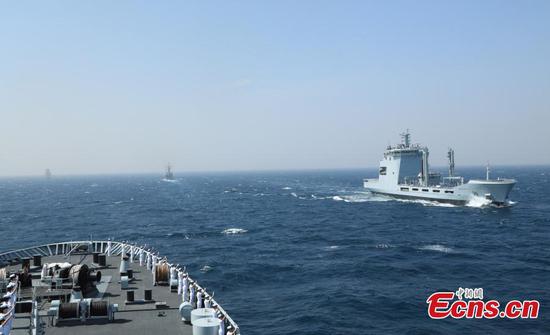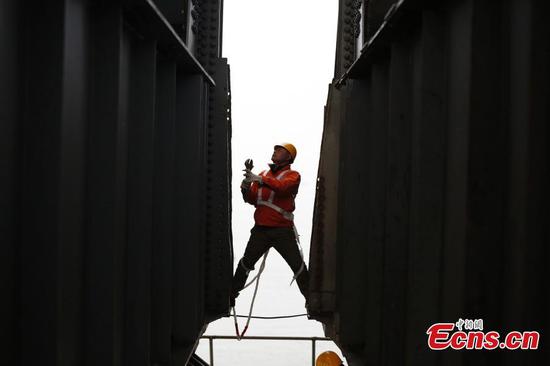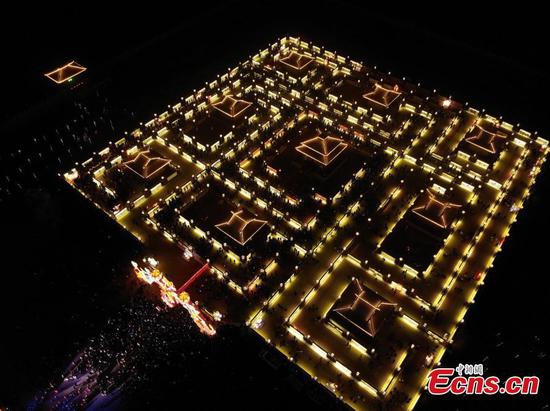China's space engineers said they can now offer a new method to detect terrorists transporting explosives as well as track moving targets more efficiently than current modalities.
Researchers at the Beijing Institute of Radio Measurement, affiliated with the China Aerospace Science and Industry Corp, said they have developed the country's first terahertz radiation-enabled synthetic-aperture radar and they are working to utilize the technology in public security work.
Li Jun, a senior designer at the institute, explained that a terahertz is a unit of the electromagnetic spectrum between the microwave and the optical wavelengths. Among terahertz radiation's many physical characteristics, it has a special ability to identify proteins, the building blocks of living organisms. It can also detect TNT, one of the most oftused explosive materials, and can therefore be used to detect individuals carrying the material on their persons.
"Currently, it is very difficult for public security authorities to screen people for firearms or explosive devices from long, safe distances. Most methods rely on handheld detectors and visual clues, forcing law-enforcement personnel to check suspected people within a short range or manually and this has proved to be time-consuming and dangerous," Li said.
By comparison, terahertz radiation-enabled radar takes advantage of its high penetration capability, and is able to detect explosives and reveal hidden weapons from afar, which helps to improve safety at public buildings and at large events, as well as the safety of security officers, he said.
In addition to its potential applications in remote detection work, the radar technology also offers better solutions for law enforcement departments' surveillance of criminal suspects or terrorists, Li said.
"Existing optical, infrared or radar systems are subject to a host of external factors such as sunlight, cloud or smog, when they are used to monitor and track people on the move. But terahertz technology is immune to these factors, reducing the risk of losing targets," he said.
The institute is a leading research body in radar and terahertz technology in China and has taken part in the development of many advanced defense technologies. Encouraged by the government's policies to foster transfer of defense technologies to civilian industries, institute designers have been seeking to make use of their expertise to assist other sectors, Li said.
Engineers have built prototypes of terahertz radiation-enabled synthetic-aperture radar and are conducting tests.
"We mounted a prototype on a drone and recently conducted test flights in Shaanxi province," Li said. "A typical application of the radar in the future can be drone-based to help with large-scale detection of explosive-carrying terrorists or the placement of improvised explosive devices. This will be much more efficient and safer than deploying a lot of security personnel to do the same work."
Drones equipped with the radar can also perform uninterrupted surveillance of suspects, he added.









